For many children, winter is an exciting time to get outdoors and go ice skating, skiing and sledding. However, winter sports and recreational activities can also expose children to potential safety hazards. Follow these tips to keep your kids safe and injury-free when playing in the snow.
Sprains vs fractures: how to tell the difference
Sprains and fractures of the ankle and wrist are some of the most common winter sports injuries. It can be difficult to gauge the severity of an extremity injury, but here are the differentiating signs of a minor injury such as a sprain or strain and a more severe fracture:
| Minor Injury |
Severe Fracture |
| Continued use of the injured limb |
Weakness or decreased use of the injured limb |
| Pain improvement or pain management with over-the-counter medicines |
Uncontrollable pain despite over-the-counter medicines or worsening pain |
| Minimal or no swelling |
Swelling |
| No deformity of the limb |
Obvious deformity |
|
Numbness or tingling sensations |
Despite the risk for injury, physical activity in the wintertime is important for a child’s overall health and the strength of their bones. Children tend to be less active during the winter months when they are confined to the indoors, which also means less exposure to sunlight and vitamin D. Vitamin D is important for bone health and children with low levels can be at risk for fractures.
Tips for keeping kids safe and warm
The American Academy of Pediatrics offers these valuable tips to keep children safe and warm when participating in winter activities.
Sledding
- Supervise children while sledding
- Keep young children separated from older children on a sled
- Teach children to sled feet first or sitting up, instead of lying down head-first
- Consider having your child wear a helmet while sledding
- Use steerable sleds, not snow disks or inner tubes
- Make sure sleds are structurally sound and free of sharp edges and splinters
- Avoid sledding in crowded areas or on slopes with obstructions like trees or fences
- Avoid slopes covered in ice rather than snow, or steep slopes
Ice Skating
- Only allow children to skate on approved surfaces
- Never let children skate alone
- Teach children to skate in the same direction as the crowd and avoid darting across the ice
- Do not allow children to chew gum or eat candy while skating
- Consider having your child wear a helmet while skating
Snow Skiing and Snowboarding
- Children should be taught by a qualified instructor in a program designed for children
- Young children should always be supervised by an adult. Older children’s need for adult supervision depends on their maturity and skill level, but should always at least be accompanied by a friend
- Require children to wear a helmet and make sure the equipment fits the child appropriately
- Ensure slopes fit the ability and experience of the child and avoid crowded slopes
- Avoid taking children down slopes with trees and other obstacles
Parents should also watch for signs of frostbite and hypothermia when children are outside in the cold for long hours. It’s also important to keep sun protection in mind. The sun can reflect off of snow and children could get a sunburn if their skin is not covered or sunscreen is not used.
 https://riseandshine.childrensnational.org/wp-content/uploads/2017/12/Box-Full-of-Toys-and-Stuffed-Animals-feature.jpg
300
400
Rise and Shine
https://riseandshine.childrensnational.org/wp-content/uploads/2017/11/childrens_riseandshine_logo.jpg
Rise and Shine2025-11-14 07:00:562025-11-14 13:06:16A guide to safe versus unsafe gifts for kids
https://riseandshine.childrensnational.org/wp-content/uploads/2017/12/Box-Full-of-Toys-and-Stuffed-Animals-feature.jpg
300
400
Rise and Shine
https://riseandshine.childrensnational.org/wp-content/uploads/2017/11/childrens_riseandshine_logo.jpg
Rise and Shine2025-11-14 07:00:562025-11-14 13:06:16A guide to safe versus unsafe gifts for kids





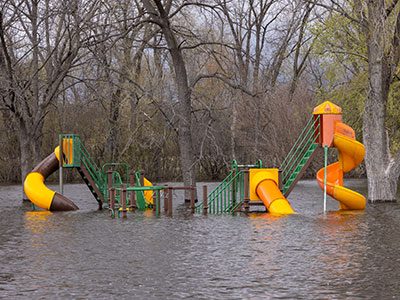

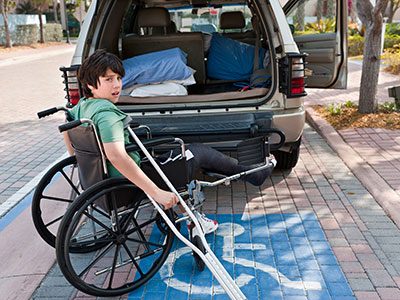



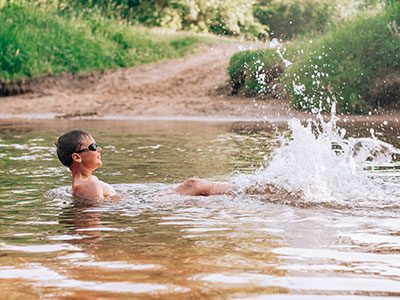
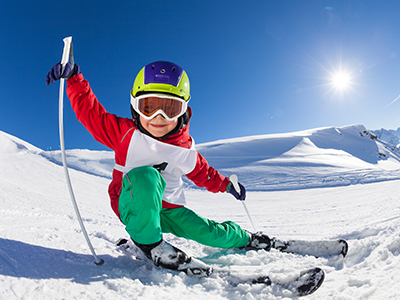
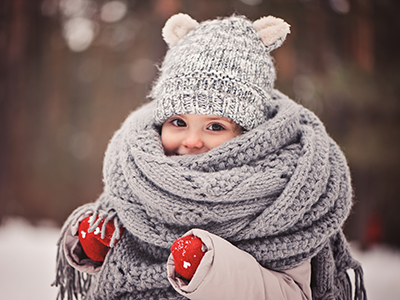
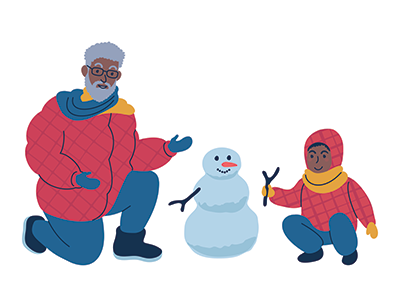


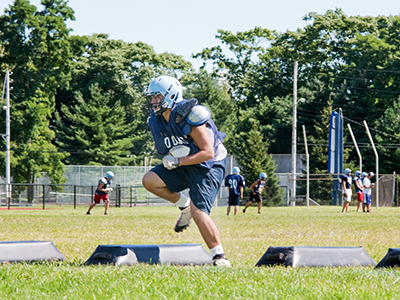
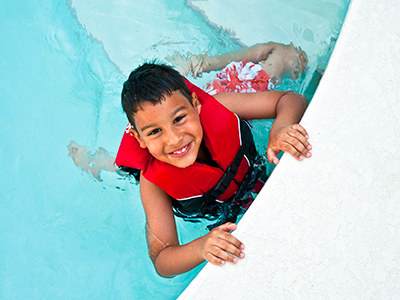
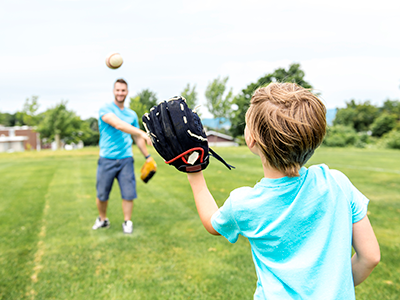

Leave a Comment
Want to join the discussion?Feel free to contribute!